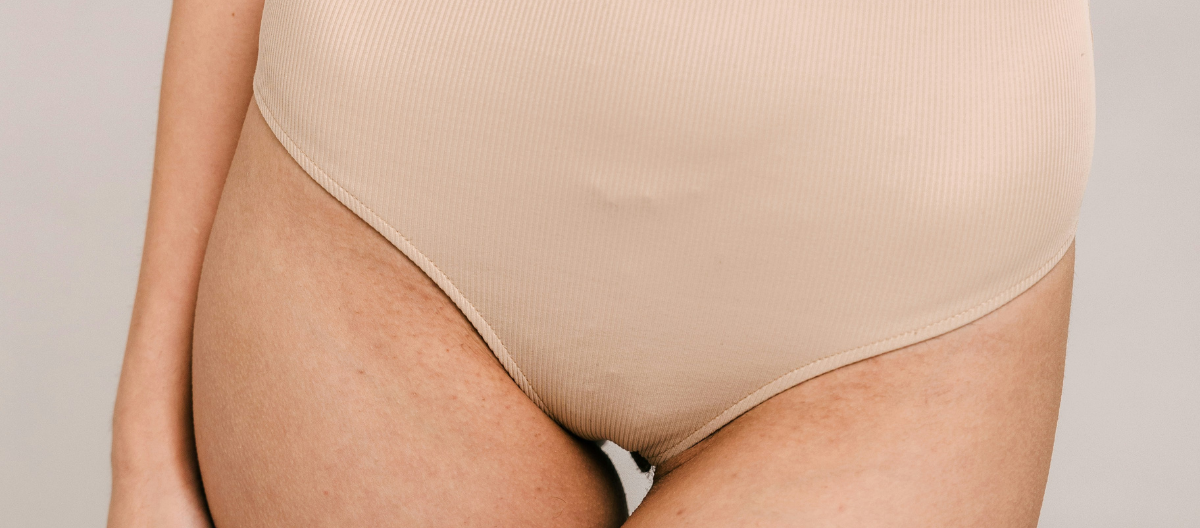Urinary incontinence (UI) is a common health issue among women, affecting millions worldwide. It involves the involuntary leakage of urine and can vary in severity from occasional minor leaks to a complete loss of bladder control. While both men and women can experience UI, women are disproportionately affected due to factors such as pregnancy, childbirth, menopause, and the anatomical structure of the female urinary system.
Types of Urinary Incontinence
There are several types of urinary incontinence that women commonly experience:
Stress Incontinence: This occurs when physical activities such as coughing, sneezing, laughing, or exercise increase pressure on the bladder, causing urine to leak. It is often linked to weakened pelvic floor muscles, which can be a result of pregnancy or childbirth.
Urge Incontinence (Overactive Bladder): This is characterized by a sudden, intense urge to urinate, followed by involuntary leakage. It can happen frequently, even during sleep, and may be caused by involuntary bladder contractions.
Mixed Incontinence: This involves a combination of stress and urge incontinence, where women experience both the physical triggers of stress incontinence and the sudden urges of urge incontinence.
Overflow Incontinence: This occurs when the bladder cannot empty completely, leading to frequent or constant dribbling of urine. It can result from a blockage or issues with the bladder muscles.
Functional Incontinence: In this case, urine leakage happens because of physical or mental impairments that make it difficult to get to the bathroom in time, such as mobility issues or cognitive conditions.
Prevalence of Urinary Incontinence Among Women
Urinary incontinence is highly prevalent among women, particularly in certain age groups and life stages. Key statistics on its prevalence include:
- General Prevalence: Studies estimate that between 25% and 45% of women experience some form of urinary incontinence at some point in their lives. The risk increases with age, but younger women are not immune.
- Post-Pregnancy: Pregnancy and childbirth are major risk factors for UI, especially stress incontinence. Up to 50% of women report some level of urinary incontinence during pregnancy, and around 30% may continue to experience it postpartum.
- Menopause: Hormonal changes during menopause, particularly the decrease in estrogen levels, can contribute to urinary incontinence. Postmenopausal women are more likely to experience stress and urge incontinence.
- Older Women: The prevalence of UI increases significantly with age. Among women over the age of 65, estimates suggest that more than 50% experience some form of urinary incontinence. In nursing home settings, the prevalence can be even higher, with estimates ranging from 70% to 80%.
Risk Factors for Urinary Incontinence in Women
Several factors contribute to the increased risk of urinary incontinence among women, including:
Pregnancy and Childbirth: Vaginal delivery can weaken pelvic floor muscles and damage the nerves and tissues that support bladder function. Multiple pregnancies and deliveries increase the risk further.
Menopause: The drop in estrogen levels during menopause can reduce the strength and elasticity of tissues in the bladder and urethra, contributing to incontinence.
Age: As women age, bladder muscles weaken, and the risk of incontinence rises. The elasticity of the bladder decreases, which can lead to urge incontinence.
Obesity: Excess weight puts pressure on the bladder and pelvic muscles, increasing the likelihood of stress incontinence.
Hysterectomy: Removing the uterus can affect the pelvic floor, leading to urinary incontinence, particularly if the surgery involves damage to the pelvic nerves.
Genetics: A family history of UI may increase the risk, suggesting that some women may be genetically predisposed to develop urinary incontinence.
Chronic Conditions: Conditions such as diabetes, neurological disorders (e.g., multiple sclerosis), and urinary tract infections can exacerbate or cause urinary incontinence.
Impact on Quality of Life
Urinary incontinence can significantly impact a woman’s quality of life. The physical symptoms can lead to emotional and social challenges, such as:
- Embarrassment: Women with UI often feel embarrassed or ashamed about leaking, which can result in social isolation and withdrawal from physical activities.
- Reduced Self-Esteem: Dealing with involuntary leakage can negatively affect self-confidence, body image, and mental health.
- Work and Productivity: Women with urinary incontinence may experience difficulties in the workplace, either due to the frequency of bathroom breaks or concerns about managing leaks during work hours.
- Sexual Health: UI can also affect a woman’s sexual health, as fear of leakage during intercourse may lead to avoidance of intimate relationships.
Diagnosis and Treatment
Urinary incontinence is treatable, and many women find relief through a combination of lifestyle changes, medical treatments, and surgical interventions. Key diagnostic and treatment options include:
Pelvic Floor Exercises (Kegels): Strengthening the pelvic floor muscles can help improve control over the bladder and reduce stress incontinence.
Bladder Training: For urge incontinence, bladder training helps women learn to control the urge to urinate by scheduling bathroom visits and gradually increasing the time between urination.
Medications: Anticholinergic drugs and beta-3 adrenergic agonists can help relax the bladder muscles, reducing urge incontinence. Topical estrogen creams can improve tissue health in postmenopausal women.
Lifestyle Changes: Weight loss, avoiding bladder irritants (e.g., caffeine, alcohol), and staying hydrated can help alleviate symptoms.
Incontinence Products: Pads, liners, and absorbent underwear are widely available to help women manage incontinence discreetly.
Surgery: For severe cases, surgical interventions like bladder sling procedures or injections to bulk up the tissues around the urethra may be recommended.


